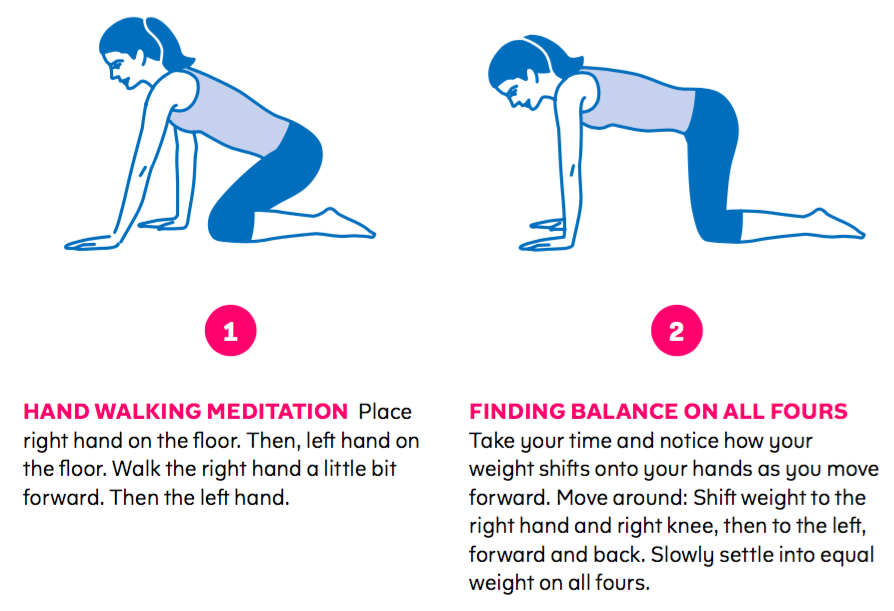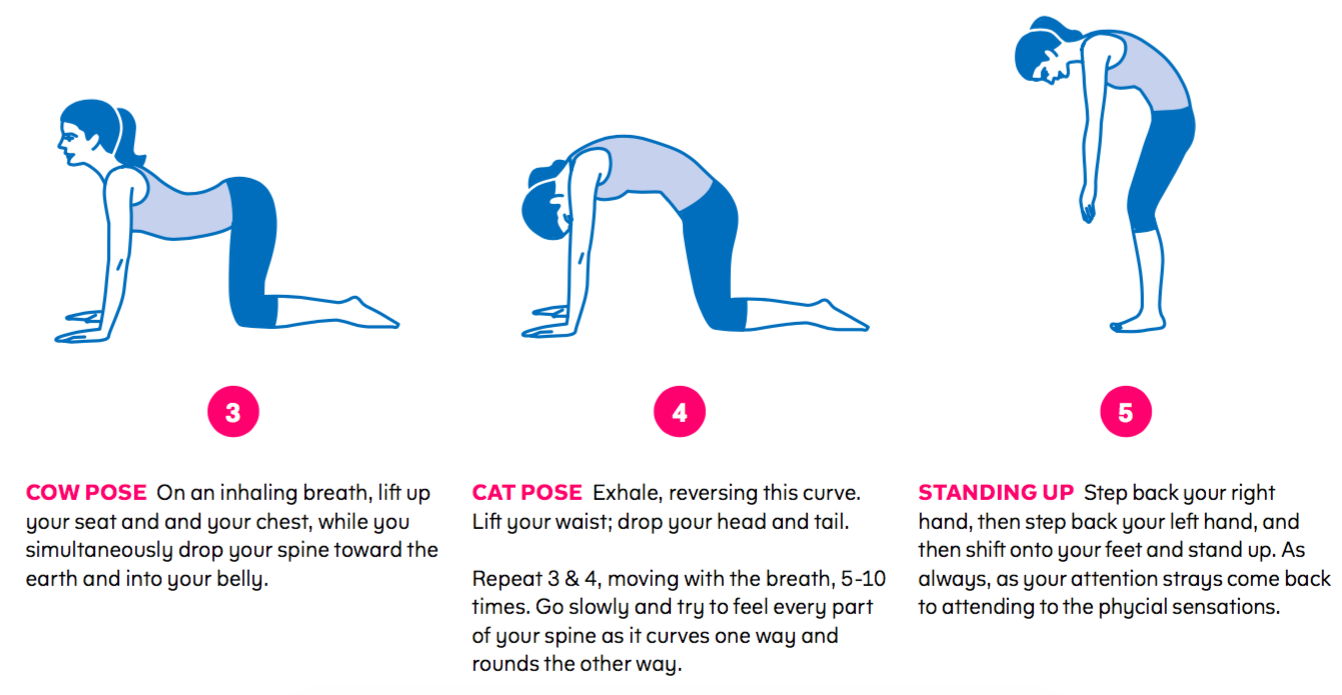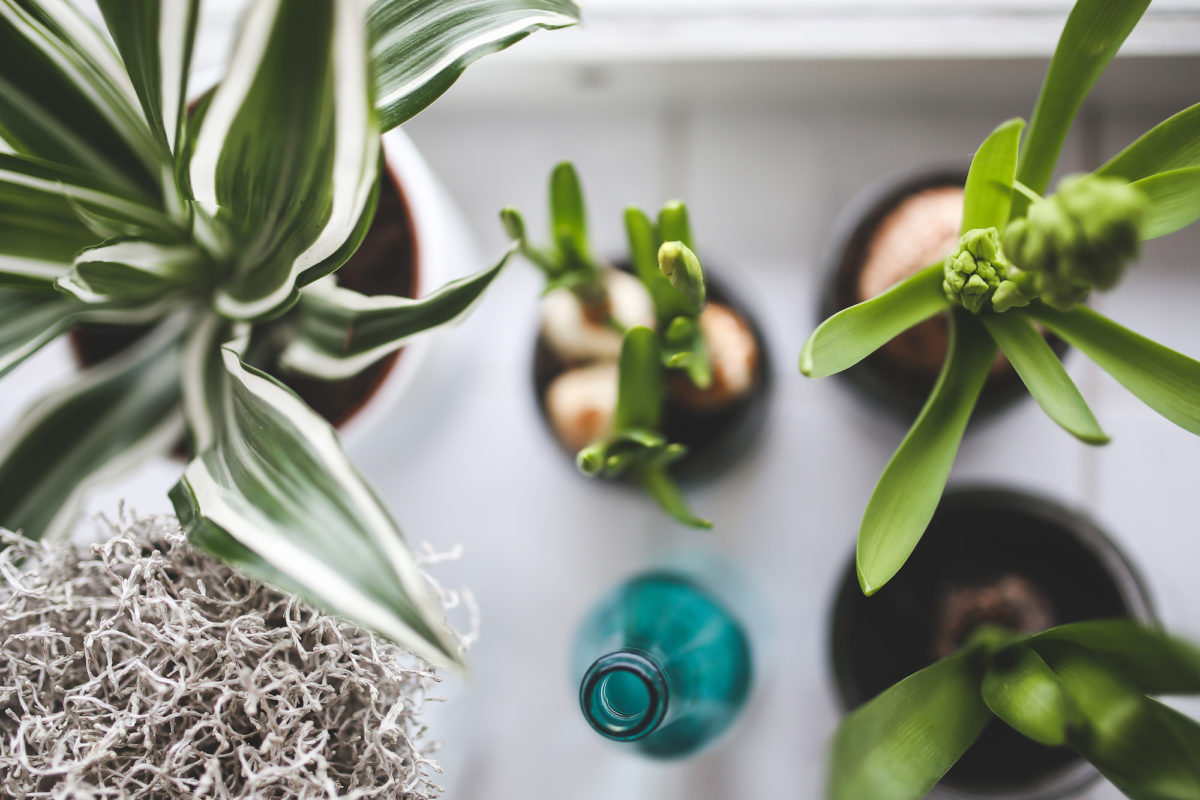Talking about personal development without mentioning mindfulness would be a mistake. Nowadays it is easy to put yourself on auto-pilot and live your life without noticing it. You take the same bus to go to work, you do the same tasks, you come back home at the same time every day. Hours, days, weeks go by and you find yourself surprised that we are already in at that time of the year.
According to mindful.org, “mindfulness is the basic human ability to be fully present, aware of where we are and what we’re doing, and not overly reactive or overwhelmed by what’s going on around us.” It is a mental state achieved by focusing your awareness on the present moment, while acknowledging and accepting your feelings, thoughts, and bodily sensations.
Mindfulness is a skill you have to learn to make it a habit and integrate it to your life. Practicing frequently, whenever you can, is the only way to develop it.
Mindfulness gives you the gift of time

The first thing you will notice with mindfulness is how time slows down. Compare watching a clock for 60 seconds and watching a movie for the same amount of time: which one feels longer? What’s the difference between the two situations? Focus. You were in control in the first scenario, you were passive in the second. Mindfulness is not about watching a clock and having never-ending days; it’s about experiencing every moment with more focus on what is happening, but also where and how it happens, your own role and how it makes you feel. That way you expand the time you spend living each moment because you integrate more aspects to it.
Where you should start
1. Count your breath
The very first thing you can start doing is breathing mindfully. Sit comfortably in a quiet place, relax your shoulders, and take a deep breath. Then, start counting your breath to 10: inhale 1 – exhale 2 – inhale 3 – exhale 4, etc. until you reach 10. At 10, start again and do it for as long as you want to. Your mind will wander off, gently bring it back to counting the breath. As you count, it is normal that you start thinking about other things.
How do you practice mindfulness with this exercise?
- It will give you a focus (counting the breath)
- You will learn to notice when you lose that focus (the mind wandering off)
- You will be kind to yourself (accepting that thinking about something else is normal)
- With that awareness (2.) and that calmness (3.) you will learn to gently go back to the initial focus (1.)
This exercise will become easier and you will be more focused as you keep practicing everyday for 5 minutes.
2. Look around you
Another great way to develop mindfulness is to see and experience the things around you. So it’s not just about glancing anymore, but really looking at the details composing your environment and how they come in together. When you are outside, focus on the buildings, cars, people, the weather and the space between all of that. When you are inside, look at how the furniture is arranged, the harmony of colors, what the others doing. In both cases, imagine you are clicking on a slow-motion button while you remain at a normal pace.
How do you practice mindfulness with this exercise? You will practice paying attention to:
- Shapes
- Colors
- Smell
- Taste
- Noise
- Movement
3. Listen differently
Mindful listening is the ability to listen to what others say for what they actually say, not to what you think they meant. It is removing judgment, prejudice, and your own perception from the conversation you are having. When you listen mindfully, you listen with all your senses. Your body is fully present: you make eye contact, you nod, you smile, you move your hands. You don’t just feel support and empathy, you show it to the other person.
Ask yourself:
- What are the words they use?
- What are their emotions?
- How do they feel right now?
- What do they need?
- Am I focusing on what they say?
- Am I misunderstanding what they say?
- How do I feel?
- How do I show empathy?
How do you practice mindfulness with this exercise? You will learn how to listen without interpretation and to ask more “what” questions to clarify what you didn’t understand rather than filling the gaps yourself.
4. Download a meditation app
Using an app for meditation has been one of the best things I have done this year for my personal growth. I talk about Headspace to everyone I have a conversation with and I am a little obsessed with its founder, Andy Puddicombe, whom I call my guru. He did a TED talk you can watch here.
Now, the first ten sessions are free on Headspace. The yearly subscription costs €72 but believe me, IT IS WORTH IT (yes, capital letters). It was the first time I ever bought an online subscription for an app and I really don’t regret it. You can download sessions to use them offline. Once you complete the first 30 days of “foundation” where you learn the basics of meditation, you can choose packs on patience, sleep, change, relationships, etc.
Alternatively, you check this list of free mindfulness apps. Youtube has also loads of videos that will guide you in your meditation.
5. Practice yoga
Doing yoga is bringing mindfulness to a bodily experience. Yoga improves flexibility, muscle strength, posture, respiration, and energy. It helps you focus on movement and be in touch with how it makes you feel: which exercises are easy and which ones are not? What are the differences? How did you feel at the beginning? How do feel after the session?
Here are some exercises from mindful.org you can practice every day:


Like for meditation, feel free to check Youtube for yoga exercises.
When you can practice mindfulness
Pretty much anywhere, anytime:
- In your bed when you wake up
- While waiting in a queue
- When you are commuting
- When you walk
- At your desk
- When you are in a meeting
- When you cook
- At the gym
- When you clean up the house
- Under the shower
- On your sofa
- In your bed before going to sleep
The moment you shift the attention to your environment, and to how you are within that environment, you are being mindful.
Being mindful of mindfulness
As in, how not to forget to be mindful.
Reminding yourself to be mindful during the day is in itself a very important exercise, probably the very first one to have to master. You do not need to block two hours per day to see the benefits of mindfulness. Incorporating these moments in your day-to-day, only for a few minutes at a time, is a great way to start. Here are a few tips:
- Set up an alarm on your phone or laptop
- Add a mindfulness moment in your calendar
- Leave post-its where you will be able to meditate
- Write a reminder in the notebook you use at work
- Set up a goal, e.g. “every time I take the bus, I will do 5 minutes of breathing”
- Create a journal to keep track of your mindful activities
- Give yourself 5 to 10 minutes where you do not do anything

